Building Information Modeling (BIM) has become a staple in the construction industry. Maintaining an accurate and clean BIM model throughout the entire project process has many benefits, including increased accuracy of system installation, productivity for on site personnel, improved coordination with subcontractors, and a reduced environmental impact by decreasing excess material.
BIM models can help visualize multiple phases of a project to help imagine key components of designing a building. Instead of your traditional 2D blueprint, a 3D model is used to create detailed drawings. These drawings show all aspects of a building. After a 3D model has gone through a coordination process, the 3D/BIM models can generate 2D construction documents.
These documents can be easily used by construction foreman. The foreman then can direct their crews to build the necessary components of their systems. These benefits have led to an increase in popularity for BIM in recent years. Here are some things that you need to know about BIM and how it modernizes construction projects.
What is Building Information Modeling?
BIM is a 3D model created by software that can be used throughout the entire process of designing and building a structure. It starts with the conceptual phase, where designers create 3D models to imagine and design a building. Once it’s finalized, BIM generates 2D construction documents. These documents are essential for construction professionals on the job site.
The Benefits of BIM in the Construction Industry
BIM is an evolving technology that’s here to stay. It’s not just for large projects, either. You can use BIM at any stage of the construction process to create better building designs and generate 2D construction documents.
Here are some of the ways you can benefit from using BIM:
1. Increased accuracy.
The computerized modeling of a building in 3D instead of 2D provides greater precision and makes it easier for contractors to know exactly where to place things. This will lead to less wasted materials and less time spent on site by subcontractors, which means lower project costs overall.
2. Improved coordination with stakeholders.
With this new level of precision, you can create more accurate models, increasing your ability to coordinate with stakeholders on the ground floor who need information for items like, but not limited to, flooring square footage, conduit length, or mechanical equipment placement.
3. Reduced environmental impact.
Not only does the increased precision decrease the amount of waste on your site, but it also decreases fuel consumption. Reason being, fewer people are driving back and forth between sites for measurements or clarification on what needs to be done next. The model provides quantifiable data that can eliminate needs of excess.
How to Implement BIM into Your Business Processes
BIM is best used during the pre-coordination and coordination phases of your project. It can help you visualize your building site, design components, and work with contractors to coordinate the project.
BIM is also useful for communicating with stakeholders. It can eliminate miscommunication that might happen because of different interpretations or versions of plans. This leads to better coordination and understanding between all parties involved in the process.
What are some BIM Challenges?
A challenge for some companies is getting started with BIM. They’re afraid that it will be time-consuming, costly, and difficult to implement into their process. However, many companies find that over time, these challenges become less daunting as they learn more about how BIM works and what makes it beneficial for their company’s operations overall.
Conclusion
BIM is a tool that has many benefits that are useful to both the construction industry and the building owners. The increased accuracy, faster project timelines, and improved coordination with stakeholders make it an asset to any business. Interested in learning more about how BIM can benefit your business? Contact us for more information.














